Today, travellers to the Islands of Fiji can experience the many tastes of a full-flavoured cuisine with immense diversity in presentation, ingredients, and styles that are plentiful across the Islands of Fiji.
From being developed over many centuries, this cuisine’s diversity had its origins around the first century A.D. when Melanesians came to Fiji. Fijian’s cultural traditions flourished as they traded with Polynesians from Samoa and Tonga! Further diversity was added to Fijian cuisine during the 1600s and 1700s with the different foods and produce that Dutch and English explorers brought along.
Later, Indian labourers contributed to the exotic flavours of their cuisine. To begin your exploration of all the Fijian fruit and vegetables, meats, poultry, and fish that have been brought together into mouthwateringly unforgettable taste sensation dishes, and to tempt you to visit Fiji even more, we present you a guide!
What Kind of Food Do Fijians Eat?
Traditionally, the Fijian cooking method uses an open fire or in an underground oven dug out of the ground and covered with banana leaves. Still used today, the Lovo or underground overcooking is a thrilling cultural experience for all travellers to Fiji.
Fijians typically eat rice, sweet potato, cassava, fish, coconut, and taro. Meat, chicken, and fish are also traditionally cooked in a Lovo.
Fiji is also rich in tropical and juicy fruits such as sea grapes, pawpaw, banana, various melons and of course pineapple and jackfruit!
What Are Some Unique Foods in Fiji?
You will find many unique foods in traditional Fijian produce. Some of those you may like to try include Rourou, a dish made from Dalo or Taro leaves cooked or stewed in coconut milk and served as a side dish to fish or chicken.
Coconut bread, a staple, is known in Fiji as the “tree of life” and has been part of Fiji’s food for thousands of years. Cassava is another unique Fijian food, better known in other parts of the world as tapioca or sago, from which puddings and desserts are made.
Duruka, or Fijian asparagus, is used in curries and Lolo (coconut milk). Nama or sea grapes or green grapes grow in shallow waters, are similar to caviar (fish eggs), and are served with chillies and lemon.
Taro is another unique Fijian food. Like potatoes and yams, Taro is a root vegetable celebrated during the first full moon of May as Taro Day. Taro is also used in a unique and popular Fijian dish called Palusami and tastes like stewed spinach.
Two other unique foods are Kava, a drink made from yaqona mixed with water, and Babakau or fried bread. Honourable mentions include Cawaki or sea urchin, which is a popular delicacy today.
The Most Loved Dishes Traditional Fijian Food
Following are images and information for you about 15 different traditional and modern dishes from Fijian cuisine, which illustrate for the first-time traveller what an amazing, delicious, and unique experience eating food in Fiji offers. A huge variety, all mouthwatering, all brilliantly tantalising your taste buds, all colourful visual expressions of Fiji and the people of Fiji.
1. Cawaki
Sea urchin, locally known as Cawaki, is the only species of urchin in Fiji that is edible. So much so that it has become a popular delicacy in coastal villages. Cawaki is found in Fiji’s shallow coral reef ecosystem. The women of Fiji provide the main collection process for the Cawaki, after which they take the Cawaki to sell at markets. In turn, near Suva, collecting and selling sea urchins is now a source of income for women.
2. Kokoda
Kokoda is raw fish, like Mahi Mahi, that’s marinated in lime and lemon juices and is like ceviche where the citric juices “cook” the fish. Fijians also add coconut milk, chillies, onions, tomatoes, spring onions, capsicum, and seawater. This national dish of Fiji is served in a large clamshell, coconut shell or bamboo in festive style.
3. Duruka
Known as the “Fijian asparagus”, Duruka is the unopened flower of a cane shoot. Similar to the sugar cane plant, it’s found throughout Southeast Asia and other Pacific islands. Fijians have both red and green varieties of Duruka. It has different textures; red Duruka has a harder texture than the softer green Duruka. Duruka can be included as one of the wide variety of ingredients in Fijian cooking, such as coconut milk and curries.
4. Taro
Like potatoes and yams, Taro can be cut into chips or fries or boiled or mashed like potatoes. It has a greater carbohydrate content than potato and has the highest vegetable source of energy. Taro is a staple of the Fijian cuisine and has been for centuries, so much so that Taro is also celebrated during the first full moon of May as Taro Day.
5. Nama
Nama is known as “sea grapes” but is like a kind of seaweed grown in shallow waters and found all over Fiji. It is used as a garnish in Fiji and can be added to either a salad or coconut milk. Nama contains Vitamin C and Vitamin A. Fijians use Nama with coconut to make a thick paste known as the kora, grated coconut, chilli, lemon juice, and salt. Nama or sea grapes or green grapes are similar to caviar (fish eggs) and are served with chillies and lemon.
6. Okra
Okra is cooked whole or sliced and is a fruit that is eaten as a vegetable. Known for being slimy, Okra can be fried, grilled, sauteed, and roasted. Used in stews and soups, it has a grassy flavour similar to eggplant or green beans.
7. Dalo
Believed to be one of the earlier cultivated plants, Dalo is a root vegetable sometimes known as Taro and is a staple food of Fiji and again is similar to yams.
8. Ivy Yaca or Tavioka
This is a Fijian dish made of cassava that can be boiled, baked, or grated, then cooked in coconut cream with sugar and bananas added and served as dessert.
9. Fish Suruwa:
Fish Suruwa is an example of Indo-Fijian influence upon Fijian cuisine. Commonly served at weddings, it is eaten with rice as the main course. This dish is very spicy and includes spices and flavourings such as coconut milk, garam masala, cumin, and cinnamon.
10. Palusami
Palusami is popular in Fiji and is made of boiled Taro leaves mashed into a curry and has a stewed spinach flavour. Little to no spices or chillies are used in this dish which is garnished with coconut cream. These leaves are stuffed with meat, sometimes corned beef, with onions and a coconut mixture because fresh meat isn’t always available.
11. Grilled mahi mahi
The fish most often used when making Kokoda, Mahi Mahi is a fish from the deep waters around Fiji. It is very popular and usually grilled or cooked in a frying pan and served with vegetables.
12. Kava
Kava is described as a drug made from ground-up roots of a South Pacific plant, the Piper methysticum, a member of the pepper family and is taken as a drink. Kava is traditionally made of crushed, ground, or powdered root soaked in water and drunk as a tea and has been used by Pacific Islanders for hundreds of years. Kava is used in traditional ceremonies and cultural events in the Pacific region. Kava is restricted to medicinal purposes only in Australia.
13. Cassava cake
Cassava is a root vegetable similar to Tapioca or Sago, familiar in other parts of the world, and is similarly used in sweet desserts. Cassava cake is a sticky cake-like sticky rice consistency and served as a dessert dish with butter, preserved fruit or fresh fruit to accompany it.
14. Rourou
Rourou is made of Dalo or Taro leaves and tastes similar to spinach. Served in different ways, Rourou, when cooked down, is similar to creamed spinach. In traditional Fijian cooking the leaves of Rourou are cooked in a Lovo or underground earth oven. A popular way to serve Rourou is Rourou Peti, where the Rourou leaves are stuffed with chilli, onion, coconut milk, and tuna mixture.
15. Lovo Underground Cooking
A Fijian delicacy, Lovo is a cooking method used to prepare traditional Fijian food for large social gatherings like weddings or festivals. Lovo means “meat cooked in the earth” and is cooked in an over formed by a hole in the ground and lined with coconut husks. After the husks are set on fire, stones are placed as a cover. Like a barbeque, Lovo is used for cooking meat, fish, and vegetables wrapped in banana or taro leaves and hot rocks, only to be opened a few hours later when everything is cooked to perfection and is tender and full of flavour.
Fiji Food Prices
For travellers on a budget, the two lists below provide a few examples of the costs of foods in Fiji.
Budget Food Prices
- A loaf of bread – FJ$1.20-$1.60.
- Rice (1kg/2.2 pounds) – FJ$1.50-$2.30.
- Pasta (500g/1.1 pounds) – FJ$7.49-$8.
- 12 eggs – FJ$5.50.
- Cheese (1kg/2.2 pounds) – FJ$21.
- Chicken breast (1kg/2.2 pounds) – FJ$21.
- Beef (1kg/2.2 pounds) – FJ$23.
- Bananas (1kg/2.2 pounds) – FJ$4.
FJD/AUD
- Basic lunchtime menu (including a drink) in the business district 18 FJ$ (AU$12)
- Combo meal in fast food restaurant (big mac meal or similar) 12 FJ$ (AU$8)
- 500 gr (1 lb.) of boneless chicken breast 8 FJ$ (AU$5.42)
- 1 liter (1 qt.) of whole fat milk 2.62 FJ$ (AU$1.69)
- 12 eggs, large 10 FJ$ (AU$7)
- 1 kg (2 lb.) of tomatoes 9 FJ$ (AU$5.75)
- 500 gr (16 oz.) of local cheese 13 FJ$ (AU$8)
- 1 kg (2 lb.) of apples 3.55 FJ$ (AU$2.29)
- 1 kg (2 lb.) of potatoes 2.53 FJ$ (AU$1.63)

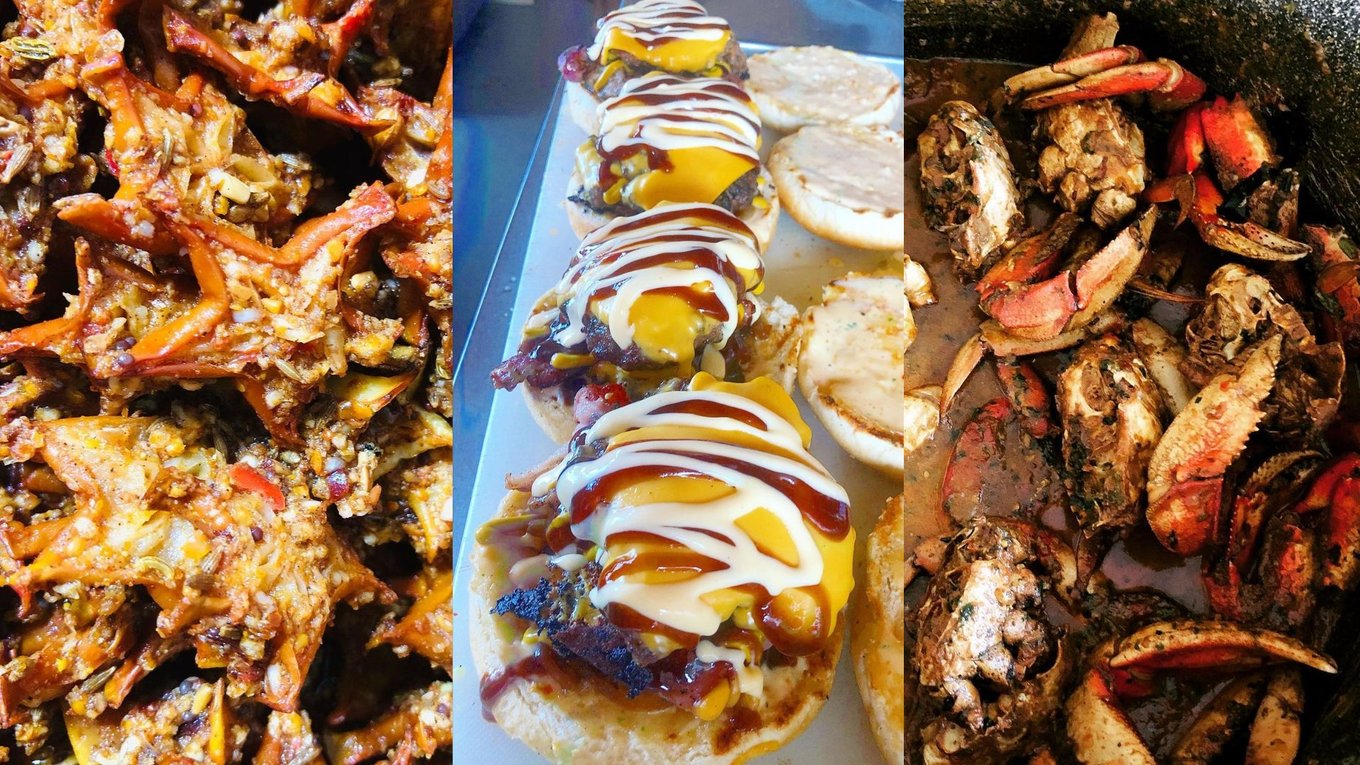
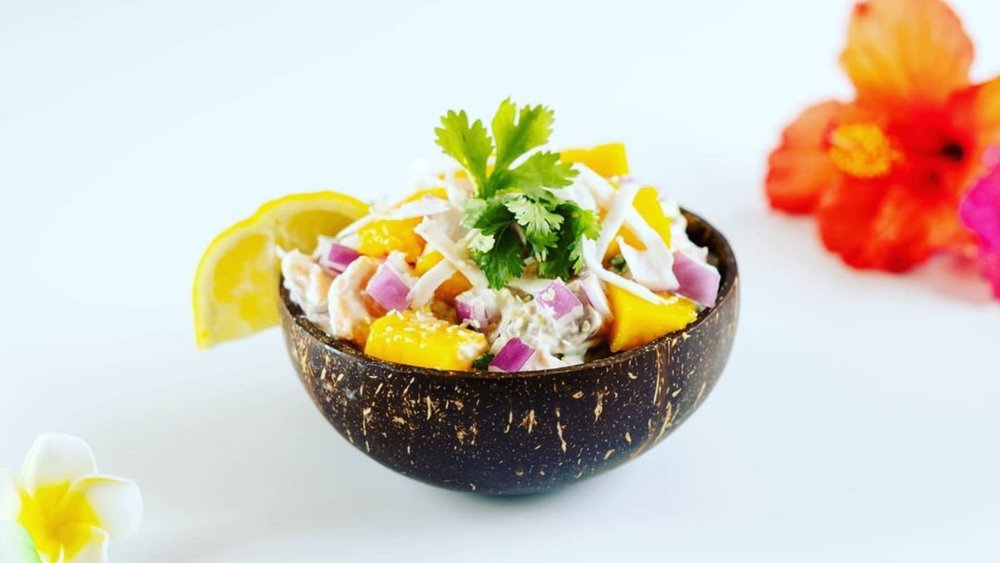
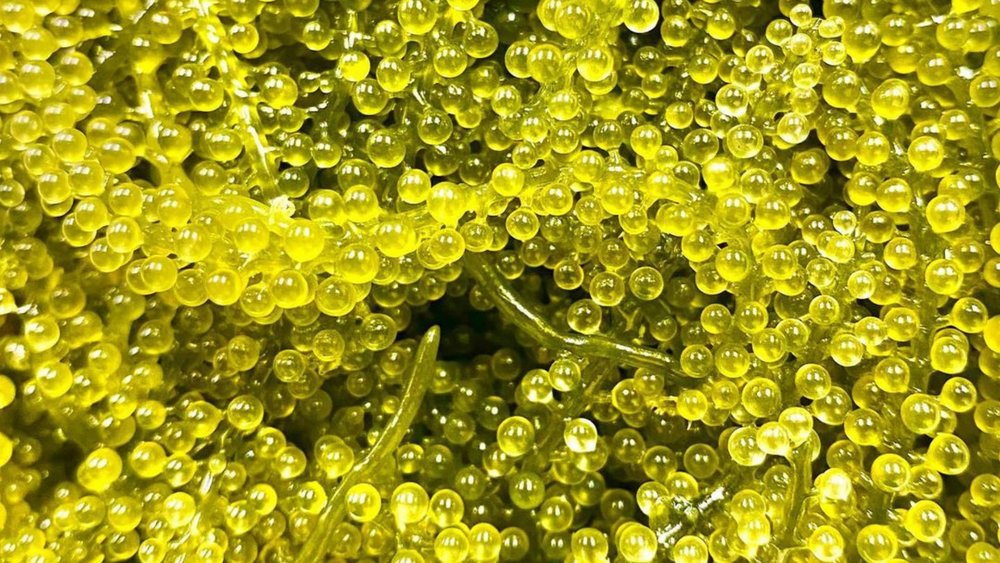
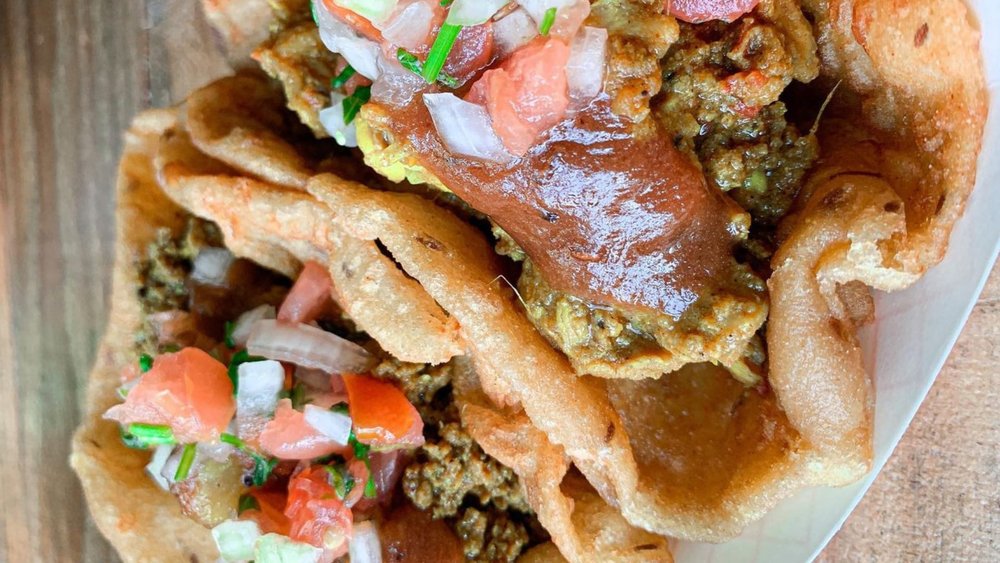
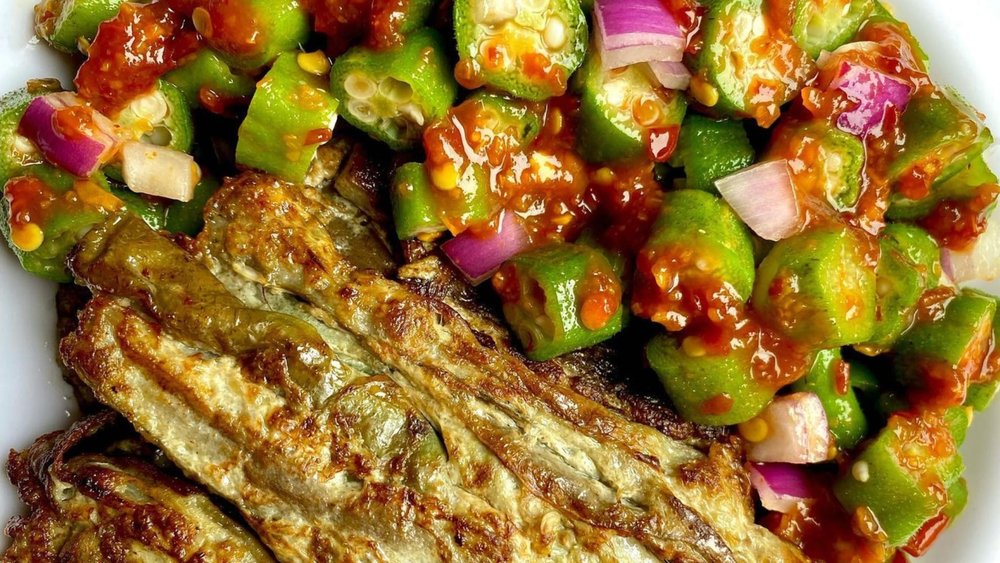
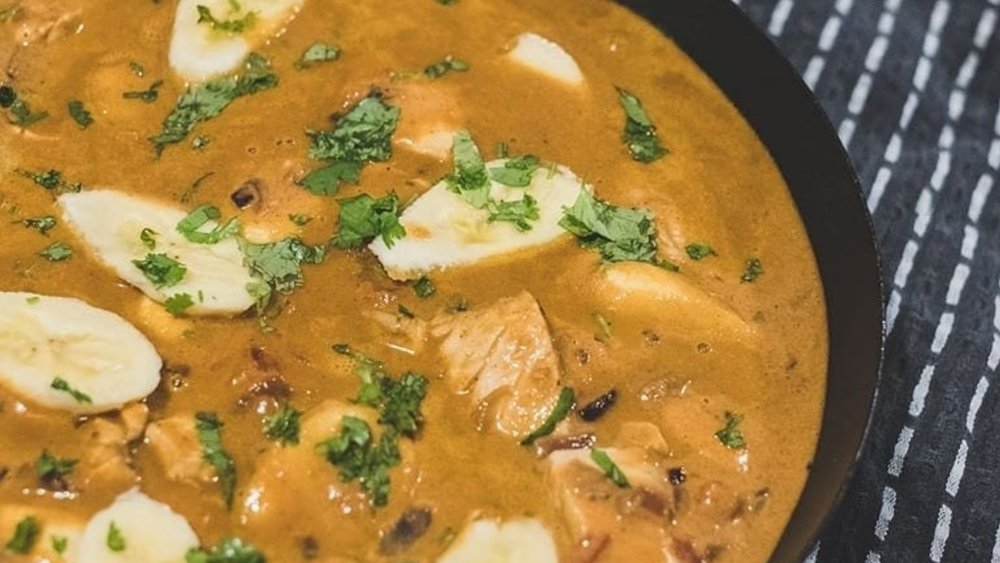
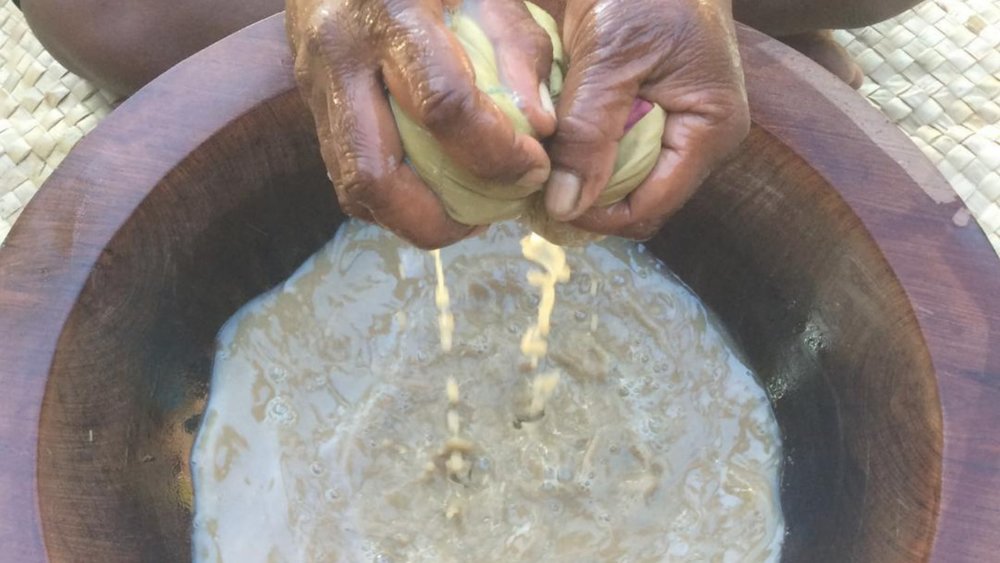
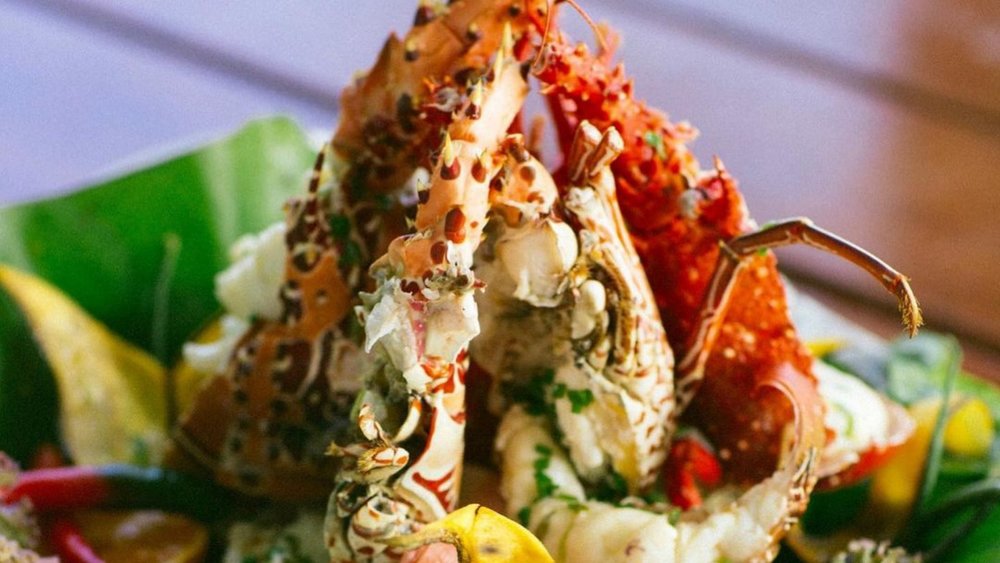



![[Updated] Complete List Of Official Nationwide MCO SOP 2021](https://res.klook.com/image/upload/fl_lossy.progressive,q_85/c_fill,w_160,h_104/v1633858858/blog/iso56uzsphmdguixkvzh.jpg)





![[Updated] Complete List Of Official Nationwide MCO SOP 2021](https://res.klook.com/image/upload/fl_lossy.progressive,q_85/c_fill,w_410,h_264/v1633858858/blog/iso56uzsphmdguixkvzh.jpg)






